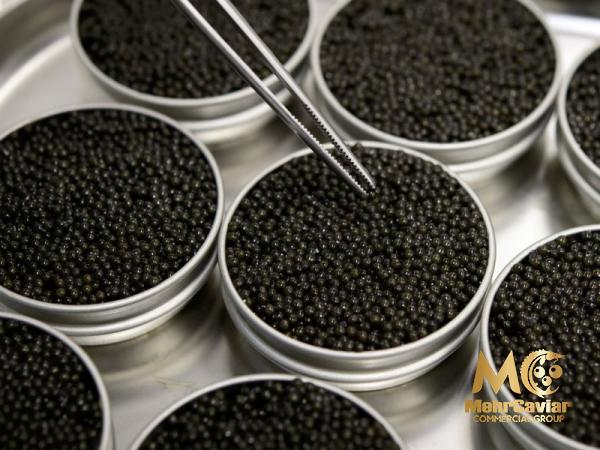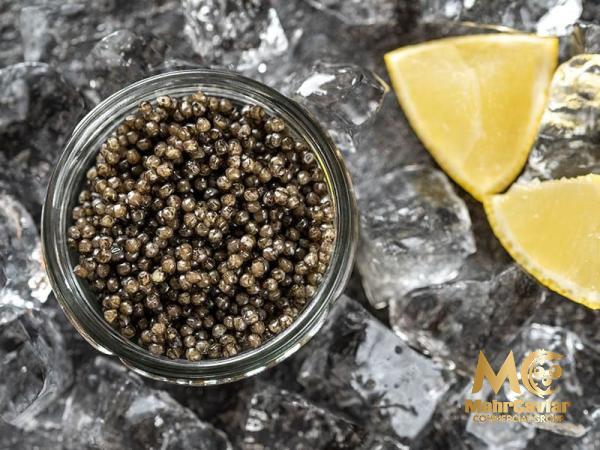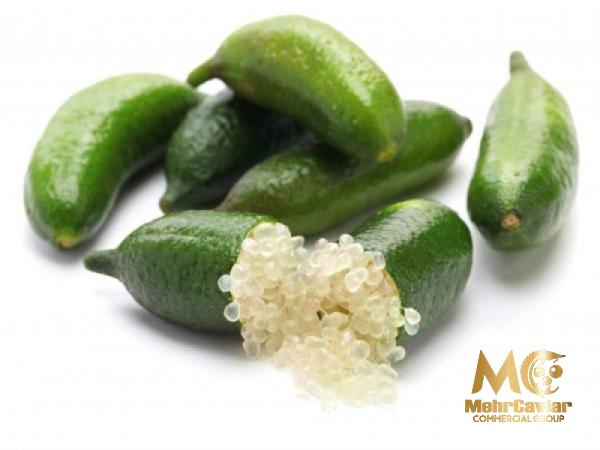Caviar is a luxurious delicacy enjoyed by connoisseurs worldwide. While there are various types of caviar available, black and red caviar stand out as two popular choices that offer distinct tastes, textures, and origins. In this article, we will delve into the differences between black caviar and red caviar, allowing readers to understand the unique attributes of each and make an informed decision based on their preferences. Origin and Harvesting Black caviar is derived from sturgeon, a prehistoric fish found predominantly in the Caspian and Black Seas. The most sought-after black caviar comes from the Beluga, Osetra, and Sevruga sturgeon species. These fish take years to reach maturity, heightening the rarity and value of their eggs. Harvesting black caviar is a meticulous process that requires experienced fisherman to expertly extract the roe without harming the fish. Red caviar, on the other hand, comes primarily from salmon species like Coho, Chum, and Sockeye. These fish are found in the cold, pristine waters of the Pacific Ocean and its tributaries. Harvesting red caviar involves gently massaging the eggs from the salmon, honoring the fish’s lifecycle without causing harm. This sustainable method allows for the continuous production of red caviar without compromising the salmon population. Appearance and Flavor Black caviar is distinguished by its jet-black color and glossy appearance.
.
 The eggs are small and firm with a delicate outer membrane. The flavor profile of black caviar is subtle, offering a combination of creamy, buttery, and briny notes with a smooth finish. Each species of sturgeon lends its distinct nuances to the caviar, providing a range of flavors for connoisseurs to savor. In contrast, red caviar displays vibrant shades of reddish-orange. The eggs are larger and slightly more fragile, with a translucent sheen. Red caviar boasts a bolder taste with pronounced flavors of ocean saltiness, imparted by the salmon’s diet of krill and plankton. The texture is often described as buttery and slightly firmer than black caviar. Cultural Significance and Usage Black caviar is deeply ingrained in traditional Russian cuisine and has been a part of their heritage for centuries. Considered a symbol of wealth and prestige, black caviar is traditionally served on blinis or toast points accompanied by sour cream or crème fraîche. It is also a popular ingredient in haute cuisine, elevating dishes from pasta to sushi and garnishing buttery seafood such as scallops and lobster.
The eggs are small and firm with a delicate outer membrane. The flavor profile of black caviar is subtle, offering a combination of creamy, buttery, and briny notes with a smooth finish. Each species of sturgeon lends its distinct nuances to the caviar, providing a range of flavors for connoisseurs to savor. In contrast, red caviar displays vibrant shades of reddish-orange. The eggs are larger and slightly more fragile, with a translucent sheen. Red caviar boasts a bolder taste with pronounced flavors of ocean saltiness, imparted by the salmon’s diet of krill and plankton. The texture is often described as buttery and slightly firmer than black caviar. Cultural Significance and Usage Black caviar is deeply ingrained in traditional Russian cuisine and has been a part of their heritage for centuries. Considered a symbol of wealth and prestige, black caviar is traditionally served on blinis or toast points accompanied by sour cream or crème fraîche. It is also a popular ingredient in haute cuisine, elevating dishes from pasta to sushi and garnishing buttery seafood such as scallops and lobster.
..
 Meanwhile, red caviar holds great cultural significance in Japan and other Asian countries. It is commonly enjoyed with sushi, where its vibrant color and bold flavor enhance the overall dining experience. Red caviar is also commonly used as a topping for canapés, hors d’oeuvres, or enjoyed on its own as a luxurious indulgence. Price and Availability Due to its rarity and the limited number of sturgeon species, black caviar tends to be significantly more expensive than red caviar. The high demand and the regulations implemented to protect endangered sturgeon populations have further contributed to the elevated prices of black caviar. Depending on the type and quality, black caviar can range from hundreds to thousands of dollars per ounce.
Meanwhile, red caviar holds great cultural significance in Japan and other Asian countries. It is commonly enjoyed with sushi, where its vibrant color and bold flavor enhance the overall dining experience. Red caviar is also commonly used as a topping for canapés, hors d’oeuvres, or enjoyed on its own as a luxurious indulgence. Price and Availability Due to its rarity and the limited number of sturgeon species, black caviar tends to be significantly more expensive than red caviar. The high demand and the regulations implemented to protect endangered sturgeon populations have further contributed to the elevated prices of black caviar. Depending on the type and quality, black caviar can range from hundreds to thousands of dollars per ounce.
…
 Red caviar, on the other hand, is more accessible and affordable. The abundant availability of salmon species and their sustainable harvesting practices contribute to a more favorable price point for red caviar. It is often considered a more cost-effective alternative while still delivering an exceptional gourmet experience. Conclusion In the world of gourmet delicacies, black caviar and red caviar are timeless indulgences that appeal to diverse palates. Black caviar entices with its subtle flavors, buttery texture, and luxurious reputation, while red caviar captivates with its vibrant colors, bolder taste, and wider accessibility. Whether one favors the exclusivity of black caviar or the boldness of red caviar, both options offer a truly indulgent experience that celebrates the nuances of the sea.
Red caviar, on the other hand, is more accessible and affordable. The abundant availability of salmon species and their sustainable harvesting practices contribute to a more favorable price point for red caviar. It is often considered a more cost-effective alternative while still delivering an exceptional gourmet experience. Conclusion In the world of gourmet delicacies, black caviar and red caviar are timeless indulgences that appeal to diverse palates. Black caviar entices with its subtle flavors, buttery texture, and luxurious reputation, while red caviar captivates with its vibrant colors, bolder taste, and wider accessibility. Whether one favors the exclusivity of black caviar or the boldness of red caviar, both options offer a truly indulgent experience that celebrates the nuances of the sea.










Your comment submitted.